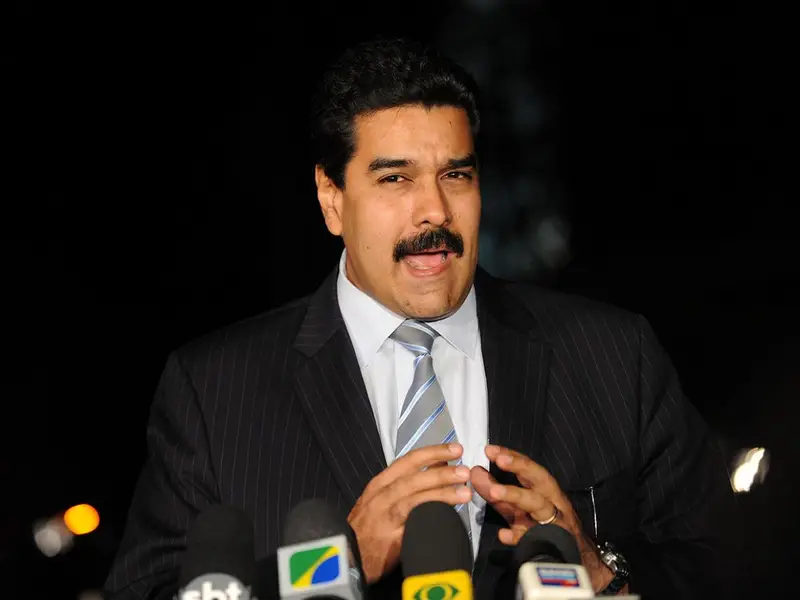Where have the billions earmarked for Africa gone? The European Court of Auditors has published an astonishing report.

There’s a widespread idea that if you just get the lives of Africans on the right track, everything will take care of itself, and not downhill, but uphill. All you have to do is give them the means of production, some money, education, and that’s it. Migration will disappear by itself, because the causes for it will disappear.
Inspired by these plans, EU officials created the EU Emergency Trust Fund for Africa in 2015. It was to finance projects that would make industry flourish, spur economic development that would be the envy of others, and create jobs in Africa at an unprecedented rate. And if, after all that, there were still people who wanted to emigrate, they would get qualified help and support.
The European Court of Auditors regularly audits this fund, and each time it raises alarming red flags. This year’s report deserves special attention because the conclusion is clear: the fund is a failure.
Since its creation, the fund has cost Europeans 5 billion euros. The main contributors were the French, as they had the greatest interest in it — 42% of the funds were earmarked for the Sahel countries, where France had some form of presence, such as building infrastructure on the shores of Lake Chad and in regions suffering from jihadist activity. Another 18% was earmarked for North Africa, from where direct migrant flows cross the Mediterranean to France.
The idea itself is not questioned. For example, almost all Chinese students who get a French diploma return home because there are better prospects for growth with such an education. But most African students try to stay because there’s nothing but hopelessness at home. The problem with this idea is that it is poorly implemented by EU bureaucrats.
The first problem is that funds are being spent inefficiently. The project may look great on paper, but it is either too expensive or unnecessary. For example, a school in Ethiopia received an electric mixer for food preparation as part of an aid program. But they don’t always have food on the table, let alone electricity. But according to the paperwork, everything is in place.
Money was allocated for the restoration of the waterfront in Benghazi, Libya, or the ancient Roman theater in Sabratha. The Italians eagerly took on these projects because Libya is full of Roman architecture. But a poor Libyan migrant is more likely to leave for Italy on an inflatable raft than to wait for the restoration of the theater (which, by the way, began in the 1930s) and then, struck by its beauty, decide to stay in Libya.
There are many ghost projects. In The Gambia, a farmer received a grant from the fund in 2018 to «start a poultry business». He was given chicks, feed, and medicine. In 2022, a commission visited him and asked, «Where are the chickens?» He admitted that no activity had taken place. The outraged commission — instead of fining him — gave him another grant. The following year, it was discovered that the farmer had immediately sold the chicks, the medicine, and everything related to the project. Twice the same mistake!
In Ethiopia, a well was dug for a solar-powered pump. While digging a well is manageable in these areas, maintaining, repairing and replacing parts requires a specialist they didn’t have.
The second problem is corruption and lack of transparency. According to the fund’s reports, 14,028 jobs were created by the investments. This is quite low for a continent of billions, but even this number is considered inflated by the European Court of Auditors because these jobs were created for projects that lasted only a few weeks, after which they disappeared.
In Ethiopia, 100 «hand-washing stations» were installed during the pandemic (probably just taps, but okay). What’s notable is that this was recorded in the reports as 100 separate projects, when it should have been part of a single infrastructure effort. Fund officials reported this to Brussels, and the Ethiopian authorities inflated their own balance sheets — after all, they had 100 items!
In Libya, the European Court of Auditors found, on the basis of confidential records, that migrant centers were quietly coming under the control of those against whom they were set up — the smugglers who transport migrants by sea. Vehicles, buses and even boats ended up in the hands of criminals.
«It is quite possible», the report says, «that landing points are used by ‘unofficial actors’ for inappropriate purposes. It is also possible that the Fund’s support has facilitated the transfer of migrants to detention centers, exacerbating their overcrowding. There is a risk that these centers will come under the control of other groups involved in illegal migration».
The rest of the report lists all the possible mistakes that can be made. Projects are developed without considering local needs and conditions. Roads and buildings are built that aren’t needed now and won’t be needed in the near future. Local people are trained in skills that are not in demand, and the job market has never heard of such «skills».
In general, when they began to review the Fund’s charter, they found that its objectives and priorities were described in such broad and vague terms that it allowed many useless projects to be included. Of the 115 investment directions examined by the European Court of Auditors, 33 had already been discontinued and another 66 «will lose their viability in the near future».
And that’s just the money that’s directly controlled by the European Union, not including the money that goes to African countries and is used there, let’s say, less effectively.
At least they’re not doing any harm.









